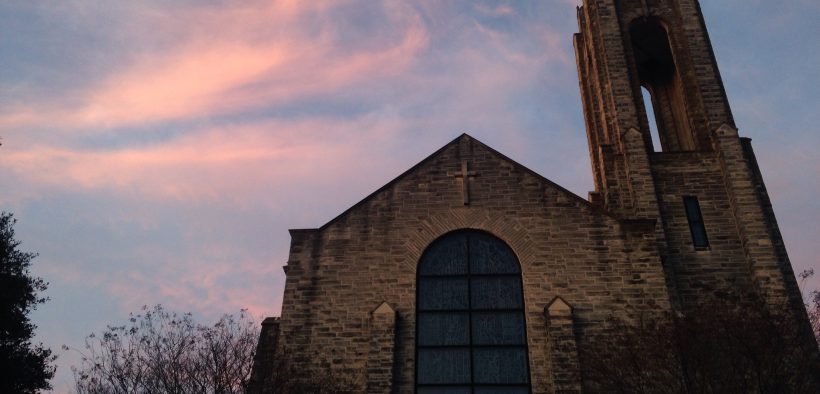Sister Helen Prejean: Educating the Public on the Death Penalty
Share

By: Myriam Ibarra
Friday April 19 at 7:00 P.M., Sister Helen Prejean will be taking part in the Roy and Margaret Shilling Lecture Series. She will be speaking on the subject of the death penalty and sharing her own personal experiences with people who have been sentenced to death. Sister Helen is a member of the Congregation of St. Joseph and began her ministry teaching religion to junior high school students.
In 1981, however, she moved on to work in prison ministry through a program that involved corresponding and visiting with people in prison. During that time, she corresponded with a prisoner named Patrick Sonnier who was sentenced to die in the electric chair. Sister Helen became Sonnier’s spiritual advisor and eventually witnessed Sonnier’s execution. After this event, Sister Helen wrote a book on the experience titled Dead Man Walking: An Eyewitness Account of the Death Penalty in the United States.
Motivated by this experience with Sonnier Sister Helen continued to council prisoners sentenced to death row and through that journey came to realize that there was a possibility that those who have been sentenced or are being sentenced might not be guilty of the crimes which they ‘ve been condemned for. This resulted in a second book called The Death of Innocents: An Eyewitness Account of Wrongful Executions. Sister Helen is now an advocate for Ministry Against the Death Penalty and she is tirelessly working to educated the public on the subject of the death penalty.
Senior Alejandra Navarro, who took part in this year’s Brown Symposium, had a project which involved the theatrical production of Sister Jean published book. Navarro explained that our country is being somewhat contradictory in the values it claims to uphold and the reality of the situations, which results in an unfairness of trials when it comes to the death penalty.
In regards to the prevalence of the death penalty, the United States is roughly sectioned into three regions: states where a very high percentage of people who are suspected of having committed a capital crime are executed, states where a relatively moderate percentage of theses suspects are executed, and states where there are practically no executions.
There is so much difference between these that one may start wondering what the root cause for this disparity may be. There is a possibility for a racial and historical correlation within these regions which supports the idea of an unfairness in trials—specifically due to socio-economic differences among suspects.
As a campus community, SU members are urged to educate themselves on issues such as these: what values does our country uphold? Or rather, what is written on paper and what is actual being done?
